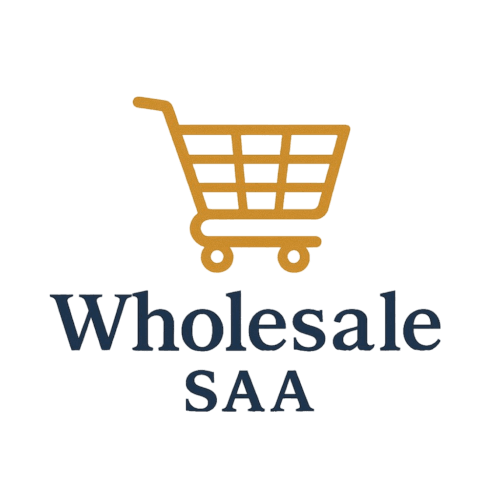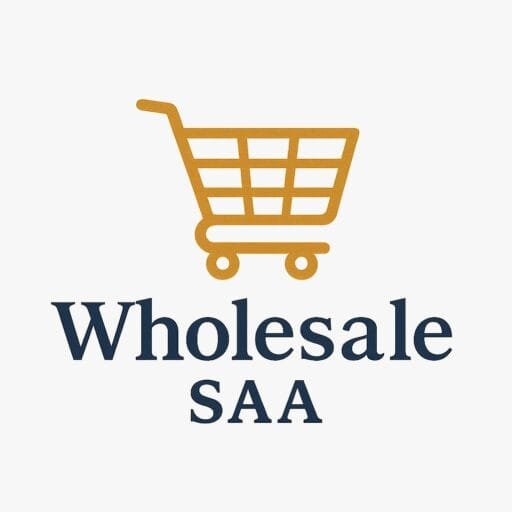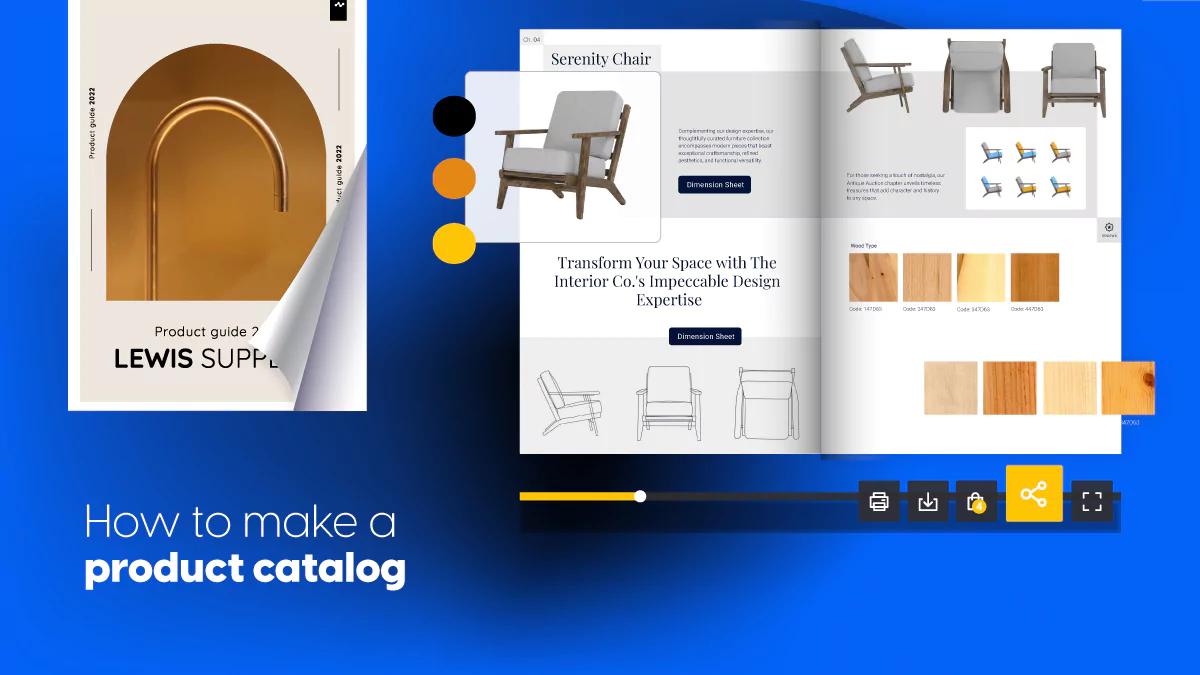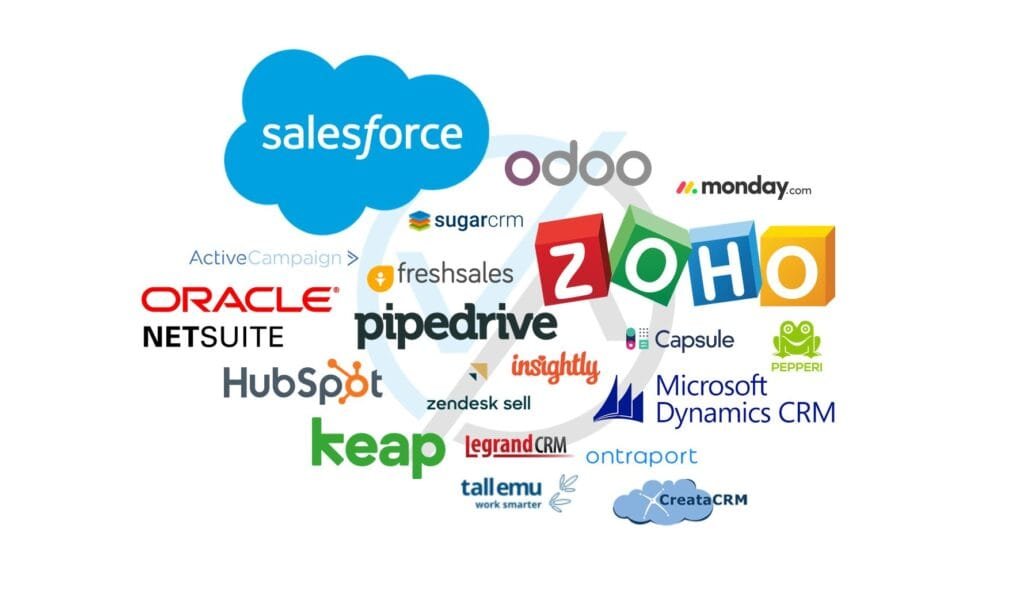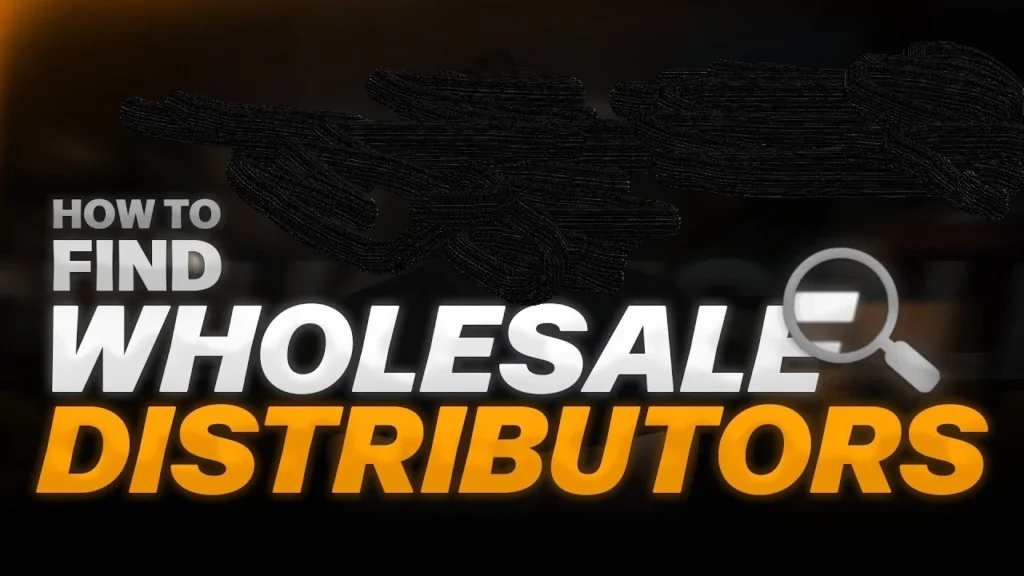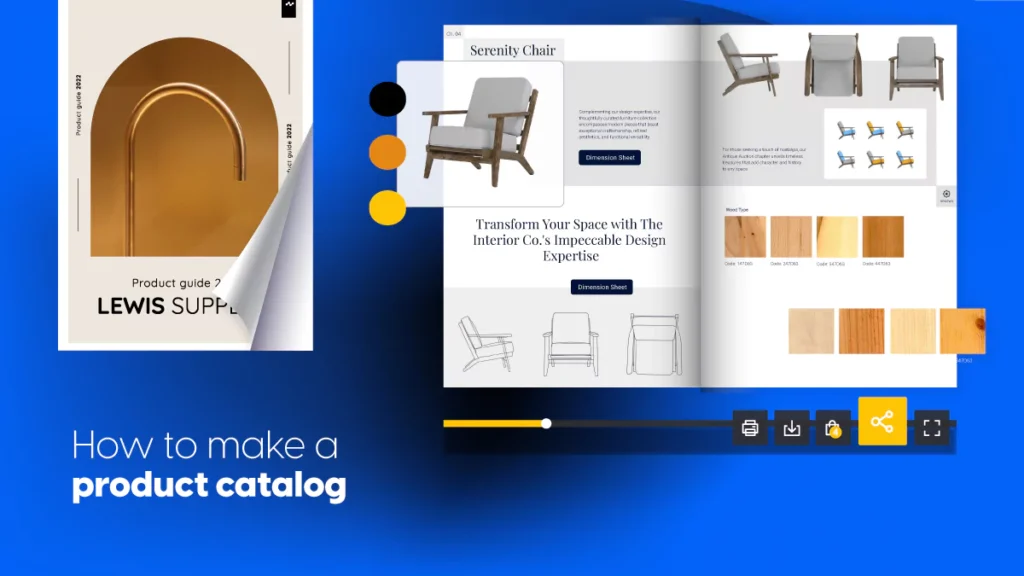Introduction: The Power of a Well-Designed Wholesale Catalogue
Picture this: a potential buyer flips through your wholesale catalogue, and within minutes, they’re sold on your product, ready to make a purchase. Sounds like magic, right? Well, the truth is, a well-crafted wholesale catalogue can work wonders for your business. It’s not just a product list, it’s a powerful tool that builds trust, highlights your products’ value, and makes it easy for buyers to say “yes.”
Creating a wholesale catalogue that actually converts takes more than just pretty pictures and product descriptions. It requires strategy, design, and an understanding of your target audience. The goal isn’t just to inform, it’s to inspire action. Whether you’re selling to retailers, resellers, or bulk buyers, you need a catalogue that showcases your products in the best possible light and drives sales.
Ready to create a wholesale catalogue that converts? Let’s walk through the process, step by step.
- Understand Your Audience
Before you even pick up your design software, the first step in creating a catalogue that converts is understanding your audience. Wholesale buyers are busy professionals who are looking for efficiency, clarity, and value. Your catalogue needs to meet those expectations.
Start by asking yourself:
- Who is my ideal customer? Are they a small boutique owner, a large retail chain, or an online store manager?
- What problems does my product solve for them? Are they looking for quality, variety, price competitiveness, or unique features?
- How do they make buying decisions? Do they value product quality, price points, delivery time, or special offers?
Once you know who you’re speaking to, you can tailor your catalogue content to address their pain points, desires, and buying motivations. This step will lay the foundation for everything else that comes next.
- Make It Visually Appealing and Easy to Navigate
First impressions matter, and your catalogue is often the first introduction buyers will have to your brand. If it’s cluttered, hard to navigate, or visually overwhelming, it could quickly end up in the trash. But if it’s clean, organised, and eye-catching, you’ll have their attention for much longer.
Here’s how to make your catalogue visually appealing:
- Choose a Clean Layout: Keep your layout simple and organised. Use plenty of white space so that the product images and descriptions stand out. Avoid overcrowding pages with too much text or too many images.
- Use High-Quality Images: Product images should be crisp, clear, and high-quality. Show your products from different angles, and use lifestyle shots where possible to help buyers envision the product in use.
- Use Consistent Branding: Your catalogue should reflect your brand’s identity, use your brand colours, logo, and fonts to keep everything cohesive.
- Add Intuitive Navigation: Make sure buyers can easily find what they’re looking for. Use sections, headings, and a table of contents to divide the catalogue into logical categories. An easy-to-navigate catalogue will make it easier for buyers to find the products they want and boost the chances of a sale.
Pro Tip: Use a digital catalogue format to allow buyers to zoom in on images, click through to product pages, or even make direct purchases. This adds a layer of interactivity and convenience, enhancing the user experience.
- Provide Clear and Compelling Product Descriptions
Your catalogue’s product descriptions are key to turning interest into a sale. But don’t just list features, buyers want to know the benefits of each product. What sets your product apart from competitors? How will it solve their problems or add value to their business?
Here’s how to craft compelling descriptions:
- Focus on Benefits, Not Just Features: Instead of just listing dimensions or materials, explain how the product will help the buyer. For example, “Made with eco-friendly materials” becomes “Our eco-friendly materials ensure your customers are getting a sustainable product while also reducing their carbon footprint.”
- Be Specific and Concise: Wholesale buyers are busy, so get straight to the point. Keep descriptions clear, specific, and to the point. Highlight the product’s most important benefits in a few sentences.
- Include Key Details: Provide all the essential details, size, colour options, price, and order quantity. If there are any special terms like minimum order quantities or discounts, include those clearly so there’s no confusion later.
Pro Tip: Use bullet points for quick reference, and include any relevant certifications or awards that speak to your product’s quality.
- Highlight Pricing, Discounts, and Order Information Clearly.
Pricing is one of the most important factors for wholesale buyers. They want transparency, and they want to know exactly what they’ll be paying and how much they’ll save if they order in bulk. Make sure your pricing structure is clearly visible in your catalogue and that there’s no ambiguity.
- List Pricing Clearly: Show the standard price per unit, any bulk order discounts, and the total cost for larger quantities. If your pricing varies by region or customer type, make sure to clarify that.
- Showcase Special Offers: If you offer seasonal promotions, volume discounts, or exclusive deals, make them stand out. Wholesale buyers love a good deal, and presenting clear offers can encourage quicker buying decisions.
- Provide Order Information: Buyers need to know how to place orders. Include clear instructions on how to order, whether it’s online, through a sales representative, or via email. You can also add payment terms, delivery timelines, and shipping details here.
Pro Tip: Make the call to action (CTA) prominent. For example, “Order Now” or “Contact Us for Custom Pricing” should be easy to spot, ideally in a contrasting colour or highlighted box.
- Include Testimonials and Case Studies
- Adding testimonials or case studies to your catalogue can significantly boost credibility and trust with potential buyers. When wholesale buyers see that other businesses have had positive experiences with your products, they are more likely to trust you and make a purchase.
- Feature Reviews: If you have customer reviews or testimonials from retailers, include them in your catalogue. Make sure to use real quotes and, if possible, include their business name or industry to add authenticity.
- Include Case Studies: If possible, showcase case studies that demonstrate how your product has helped other businesses. Real-world examples are powerful and help prospective buyers visualise success.
Pro Tip: If you don’t have case studies or testimonials yet, consider offering a small trial or sample product to a trusted client in exchange for feedback. This can help build your testimonial database for future catalogues.
- Keep It Up to Date and Make It Accessible
A catalogue that is out of date is like a missed opportunity. Regularly update your catalogue with new products, current pricing, and any changes to your terms and conditions. An outdated catalogue can confuse potential buyers and make you look less professional.
Make sure your catalogue is easily accessible for your customers. Offering it both in print and online allows buyers to choose how they want to engage with your content. An online version lets you easily update information, track engagement, and provide additional interactive features like videos, live links, or contact forms.
Conclusion: A Catalogue That Converts Starts With Strategy
Creating a wholesale catalogue that converts isn’t just about listing products; it’s about presenting your products in a way that speaks directly to your buyers’ needs. It’s about designing something that’s visually appealing, easy to navigate, and packed with valuable information that encourages action.
When you take the time to understand your audience, present your products clearly, and make the process as easy as possible for buyers, you’ll be on your way to creating a wholesale catalogue that not only grabs attention but also drives conversions. Ready to get started? Your winning catalogue is waiting!
